Why Do Trees Have Rings?
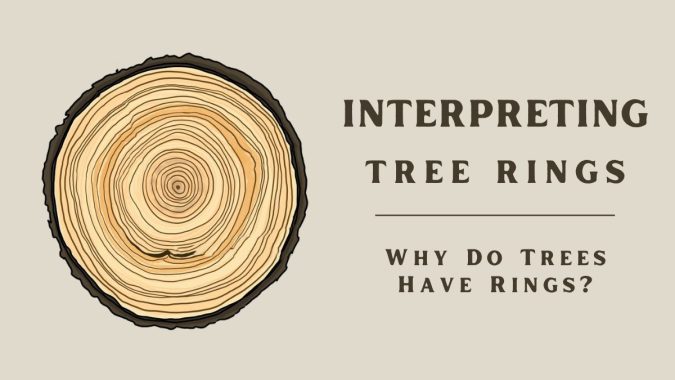
Have you ever looked at a tree stump and noticed they have rings? But why do trees have rings? And why are they not perfectly symmetrical? This article will help you interpret tree rings so you can understand a tree’s age and its story.
Why Do Trees Have Rings?
Trees have rings because each ring marks a year of growth. That’s right. Every year, a tree adds a new layer around its trunk. These layers appear like rings when you look at a tree stump.
“Tree rings are like living diaries. It records every year of its life”
These rings stack up over time, letting us figure out how old a tree is. So, simply counting these rings tells us how old the tree is. But keep in mind that trees don’t grow rings in their first year, so the ring count starts after that.
Some trees can live for hundreds or even thousands of years, as seen in their rings. For example, very old trees, like the ancient bristlecone pines, have thousands of rings. This shows how long they’ve been around for.
Thick vs Thin Rings
We learn not just about the tree’s age by looking at how many rings a tree has. But we can also learn about the history of its growing conditions in its environment.
Thick and thin tree rings tell us about the growing conditions in different years. Thick rings happen in years when the tree has plenty of water and sunlight. During these years, the tree grows more because the conditions are just right for growth.
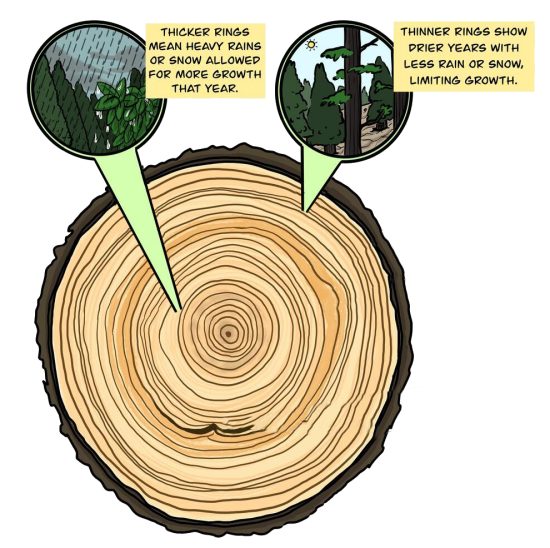
Thin rings, on the other hand, form in tougher years. These might be years with less rain, cooler temperatures, or even poor soil nutrients. For example, a series of thin rings might indicate a long drought.
So, thin rings show us when a tree struggles to grow. Conversely, a series of thick rings could suggest a period of abundant rainfall and good growing conditions. Each tree records the ups and downs of nature’s cycle.
Scientists study these rings to learn about past climates. This study is called dendrochronology.
Lopsided and Atypical Rings
Lopsided (atypical) tree rings happen when growth is uneven around the trunk. This unevenness can be due to a variety of factors. But it typically means the tree showed corrective growth.

Often, lopsided rings show that the tree faced some kind of stress or environmental challenge. For example, it may have experienced an event like an avalanche. But it might have been from prevailing winds, slope stability, or even natural disasters.
Over time, these types of rings can tell stories about the tree’s struggle and resilience. They give clues not just about the tree’s environment. But it also shows how the tree has interacted with its surroundings.
Fire Scars in Tree Rings
Fire scars in tree rings are marks left by past wildfires. When a fire burns part of a tree, the damaged area stops growing normally. But the tree often survives and continues to grow around the scar. This creates a scar that gets covered by new layers of wood.
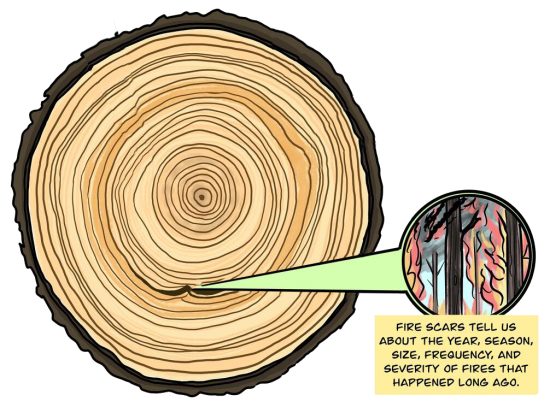
Fire scars can be seen as dark, damaged areas when you look at a tree’s rings. Trees with multiple fire scars show they’ve survived several fires. Not only can fire scars tell you about the frequency, but they can show the year, season, and severity of fires.
Studying fire scars can also tell us about the natural fire cycles of forests. We can also learn how they affected the ecosystem long ago. Each ring is like a historical record that dendrochronologists can use to study past climates.
What Are Tree Rings?
Tree rings are like a history book. They show us how old trees are and what they’ve been through.
Thick and thin rings tell us about good and tough times. Lopsided rings and fire scars show how trees dealt with challenges.
By studying these rings, dendrochronologists learn about past weather and predict future changes. So, tree rings help us understand and protect our planet.










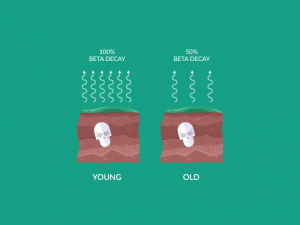

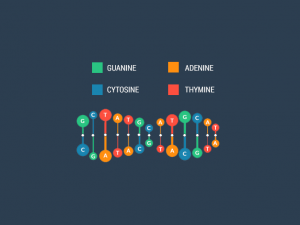

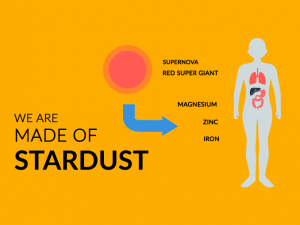
Trees have rings because squares wouldn’t fit.